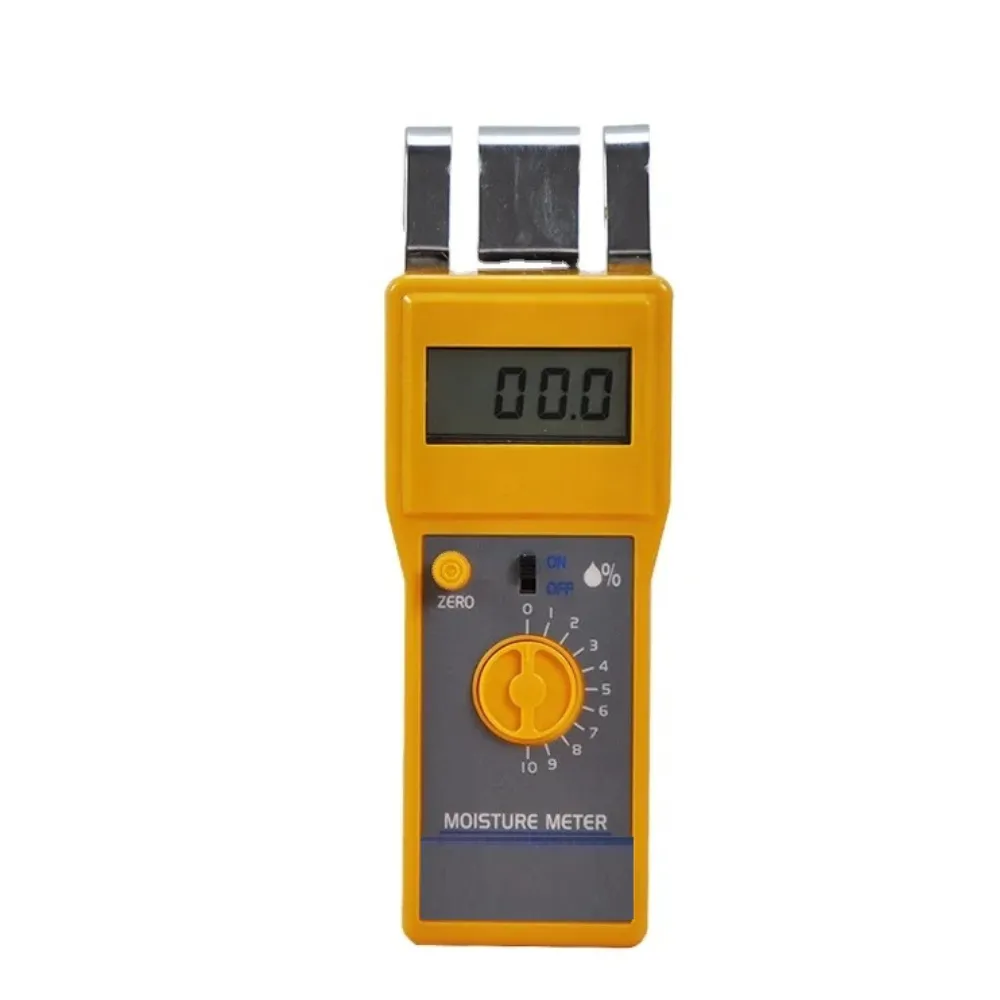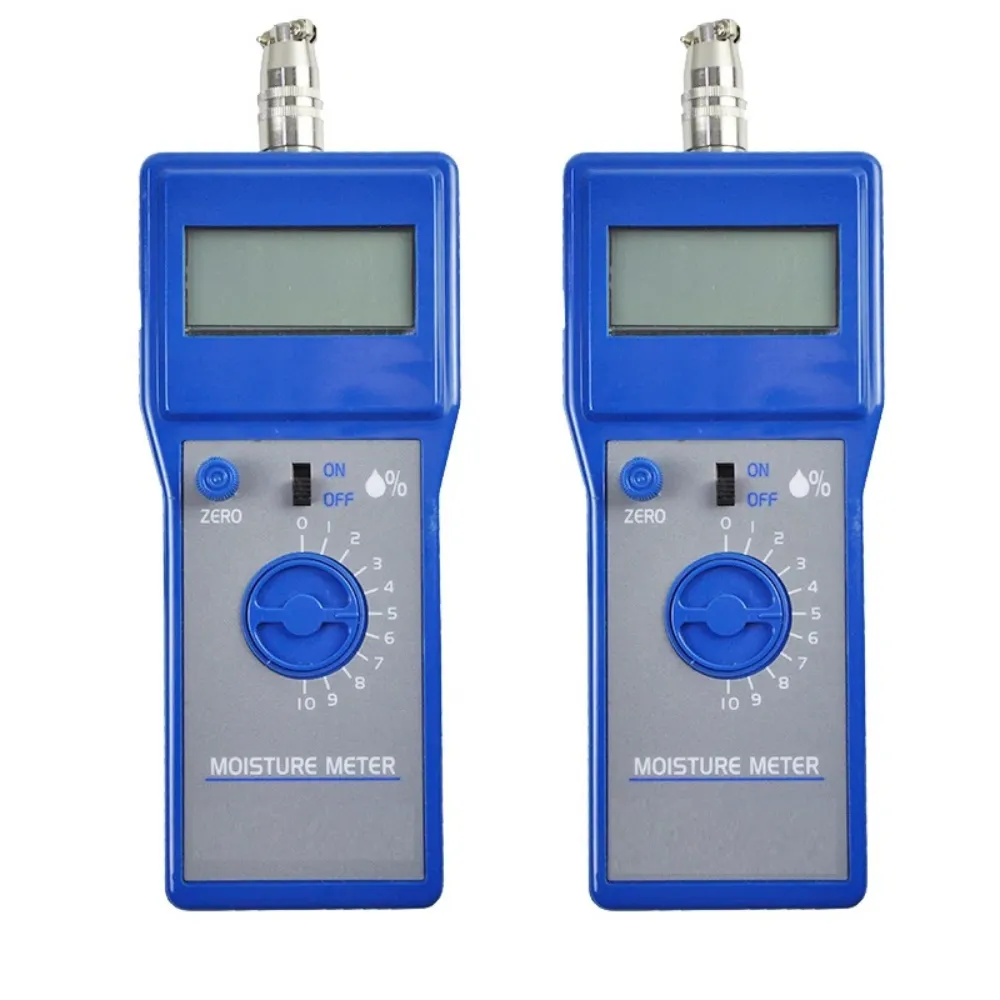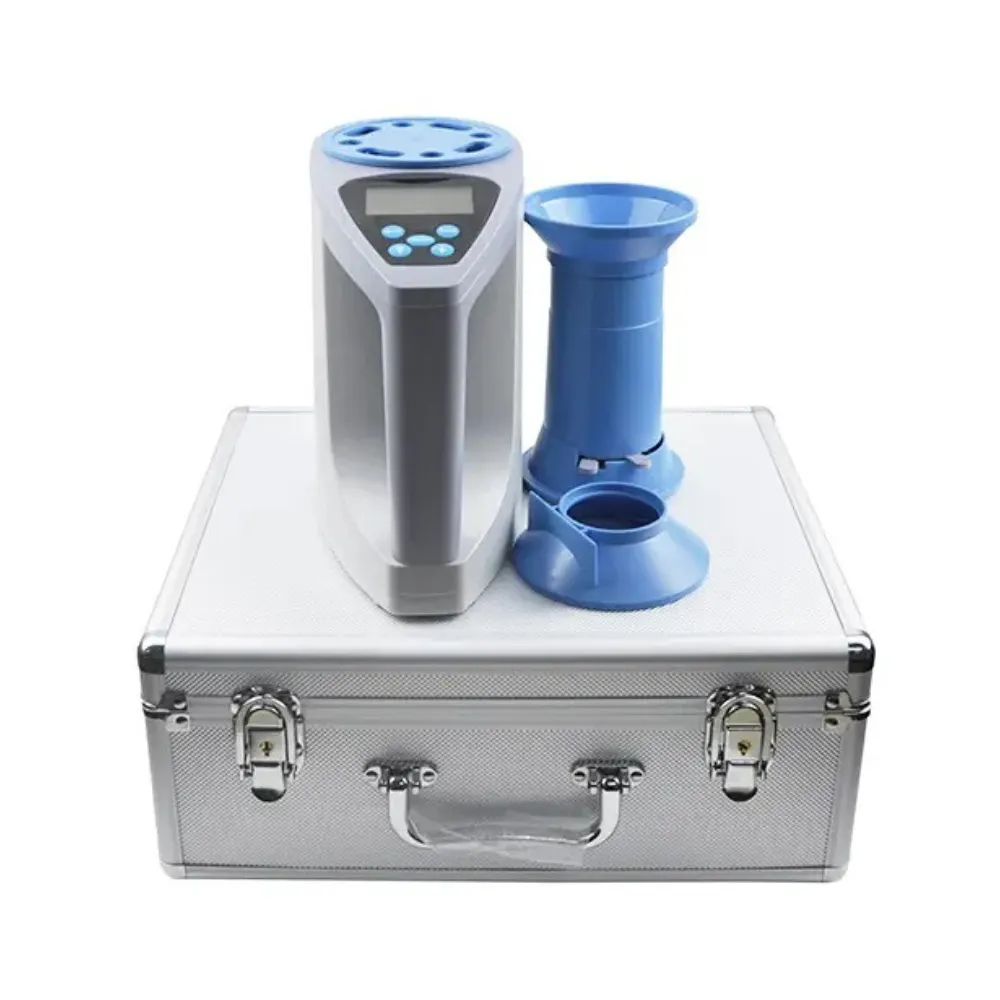
The Impact of Moisture Content on Food Shelf Life
Table of Contents
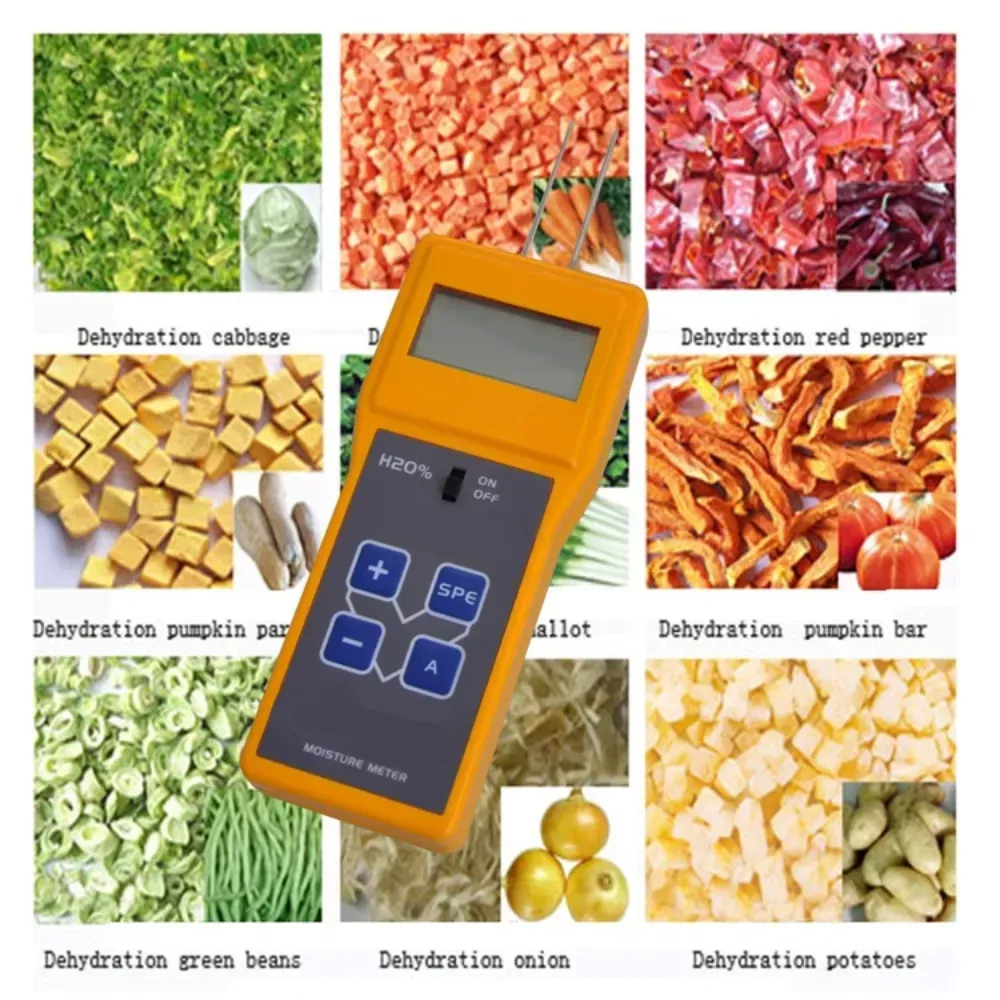
Dehydrated food is a popular choice for long-term storage and consumption due to its lightweight nature and extended shelf life. However, maintaining the right moisture content is essential to ensure that the food remains safe and palatable for consumption.
The moisture content in dehydrated food is determined by the amount of water present in the food product. This is important because water is a breeding ground for microorganisms, which can cause spoilage and foodborne illnesses. By reducing the moisture content, the growth of these microorganisms is inhibited, thereby extending the shelf life of the food.
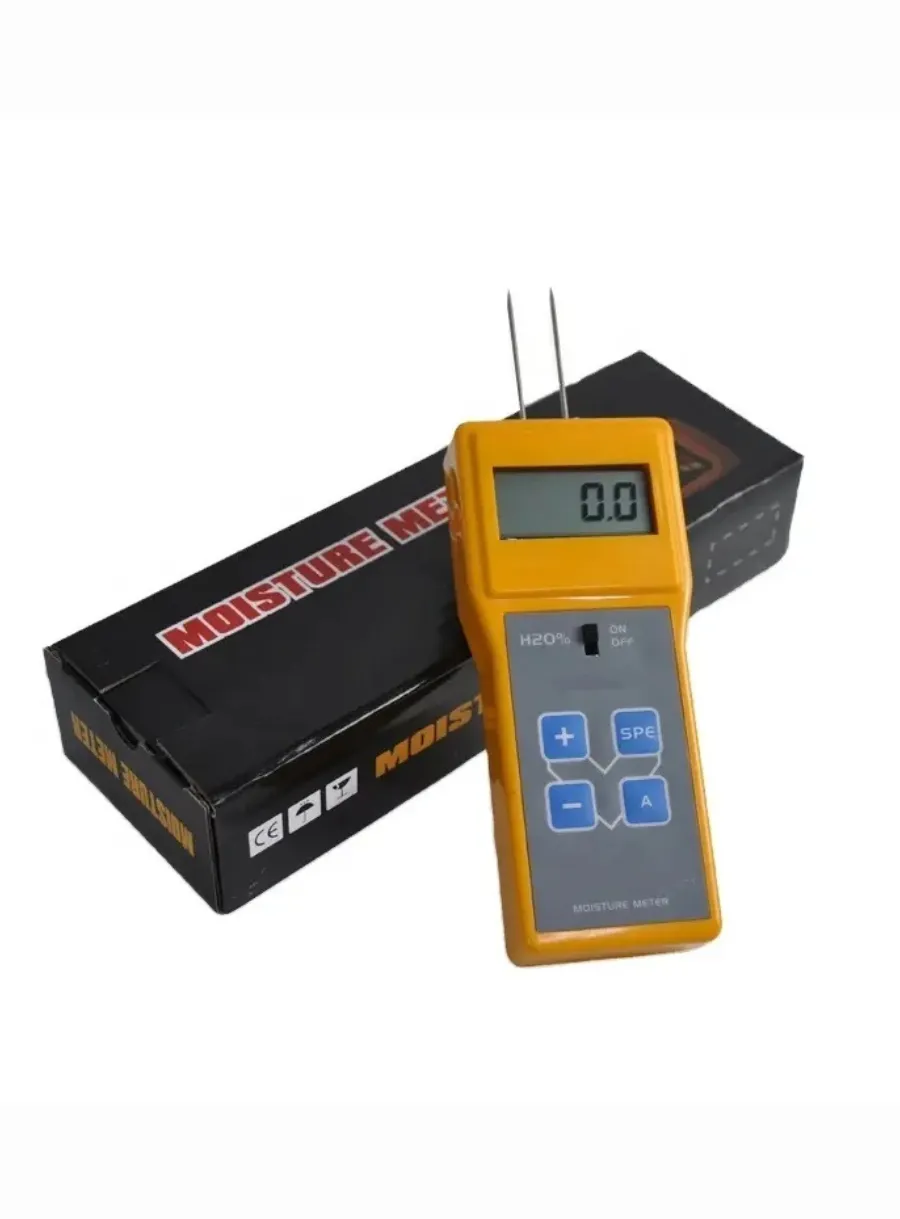
There are several methods used to measure the moisture content in dehydrated food, including gravimetric analysis, near-infrared spectroscopy (NIR), and Karl Fischer titration. Each of these methods has its advantages and disadvantages, and the choice of method depends on the specific requirements of the food product and the resources available.
Gravimetric analysis is a simple and accurate method that involves weighing the food before and after drying to determine the moisture content. This method is suitable for small samples and can provide accurate results, but it can be time-consuming and requires the use of specialized equipment.
he moisture content of dehydrated food is influenced by several factors, including the initial moisture content of the food, the temperature and duration of the drying process, and the relative humidity of the environment. These factors can affect the quality and shelf life of the food, and it is important to control them to ensure that the food remains safe and palatable for consumption.
By using appropriate methods to measure the moisture content, food manufacturers can ensure that their products remain safe and palatable for consumption. Furthermore, by controlling the factors that influence the moisture content, food manufacturers can optimize the drying process to produce high-quality dehydrated food products.
Comments
Tags
Frequently Asked Question
Moisture content is crucial in dehydrated food because it directly affects the product’s shelf life, safety, and quality. Lower moisture content inhibits microbial growth, preventing spoilage and foodborne illnesses, thus extending the food’s shelf life.
The main methods for measuring moisture content in dehydrated food include gravimetric analysis, near-infrared spectroscopy (NIR), and Karl Fischer titration. Each method has its own advantages and is suitable for different scenarios.
Near-infrared spectroscopy (NIR) measures moisture content by analyzing the absorption of near-infrared light by the food sample. It’s a non-destructive, fast method suitable for large samples and industrial applications, but requires calibration and can be affected by other compounds in the food.
The moisture content of dehydrated food is influenced by several factors, including the initial moisture content of the food, the temperature and duration of the drying process, and the relative humidity of the environment. Controlling these factors is essential for maintaining food quality and safety.

